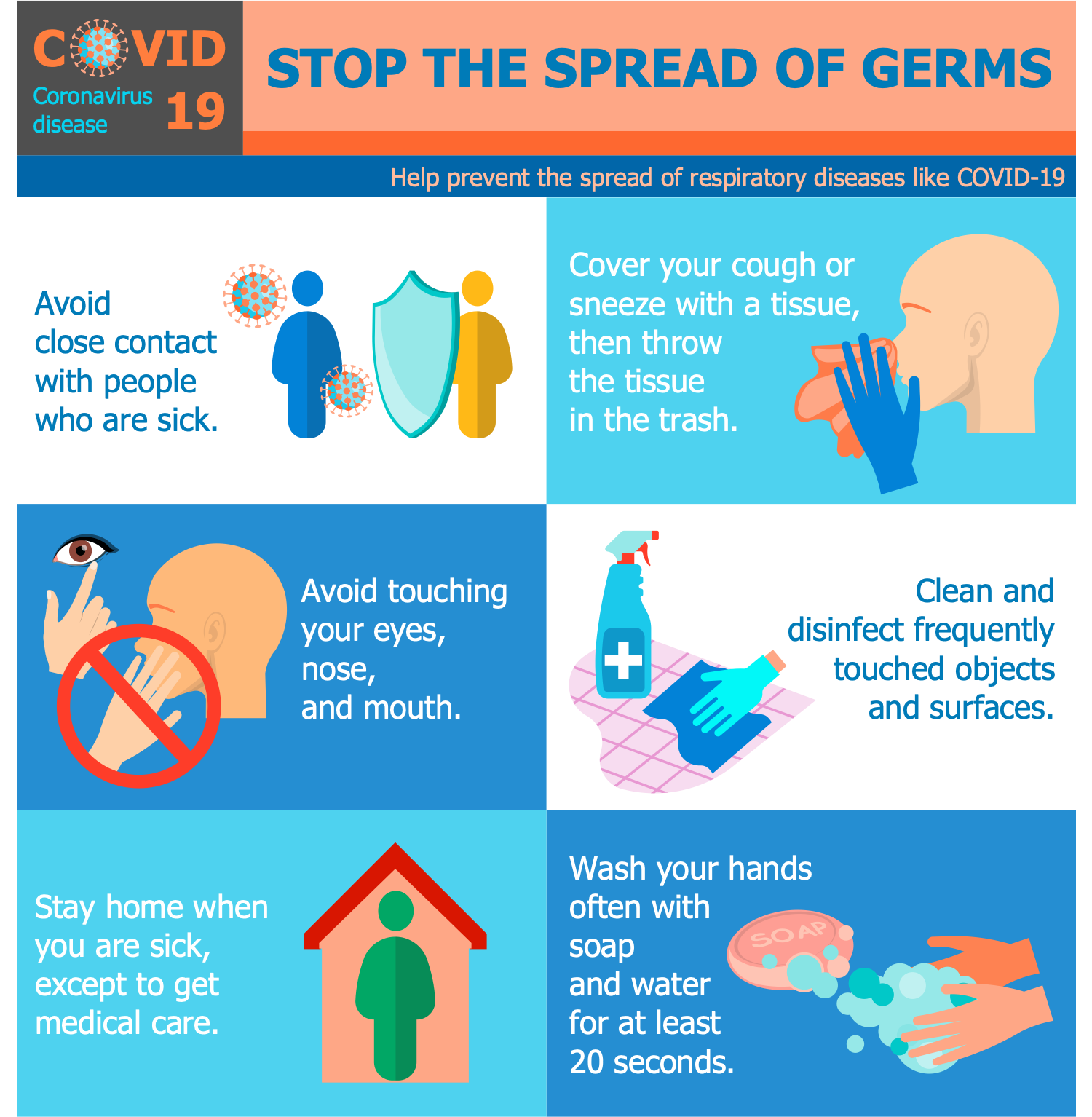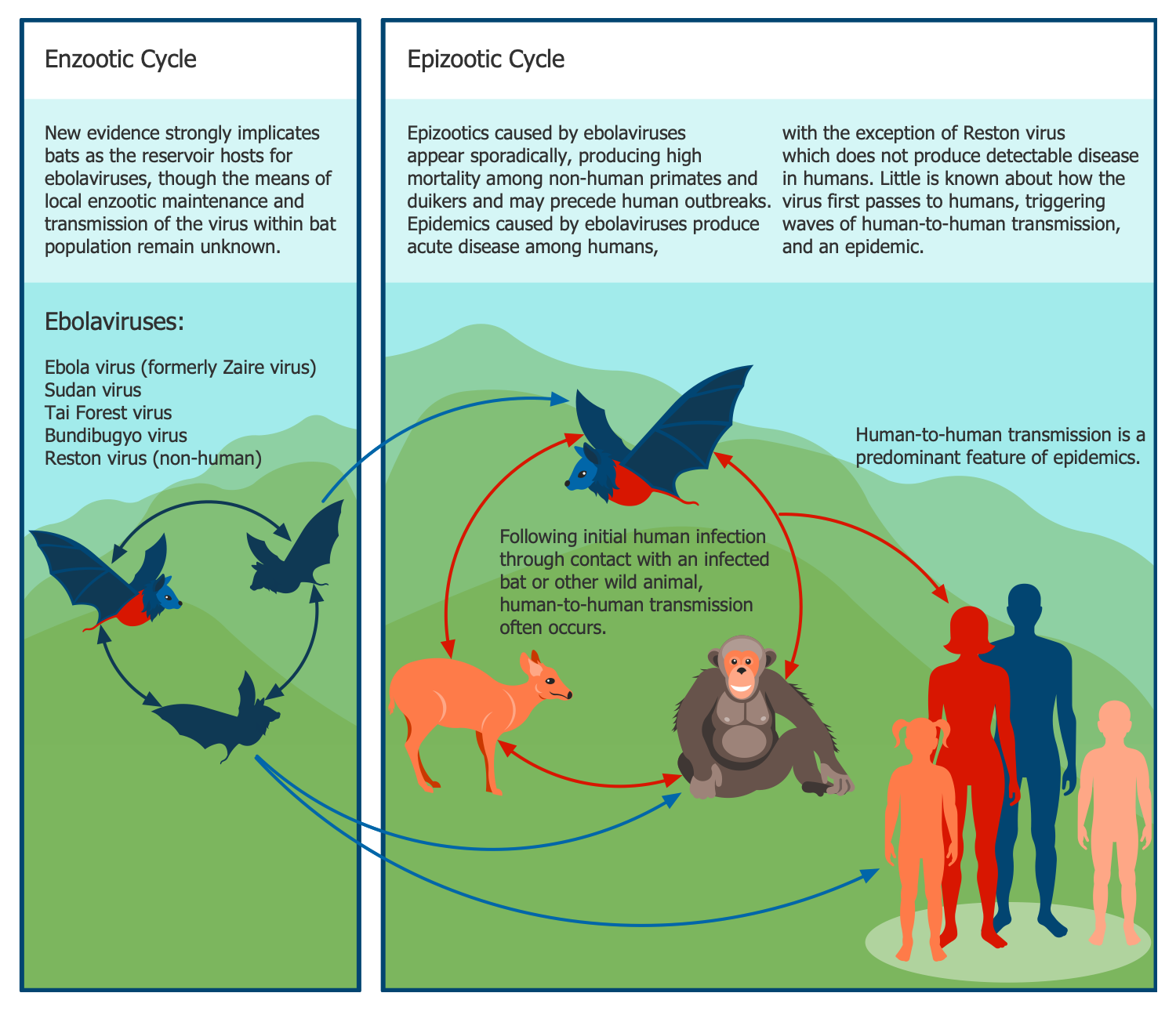Immunity
Immunity Definition & Meaning
Immunity is a complex biological system of the body to recognize and prevent the invasion of foreign disease-causing substances and harmful microorganisms. Immunity also refers to the ability to resist and reject these microorganisms including viruses, bacteria, fungi, parasites. Immunity to a certain disease is achieved due to the presence of antibodies to the corresponding disease in a person’s immune system.
Antibodies to the diseases are proteins produced when the body first encounters a certain disease and gets over it. Once encountering the same microorganisms again, the immune system is ready to recognize and then neutralize or destroy the pathogens. The body immediately produces the antibodies fighting the entered pathogens. The antigens are attached to the surface of pathogens and cause an immune response in the body to protect it and fight against pathogens. The disease-specific is typical for all antibodies, i.e. for example, rubella antibodies protect a person only from rubella and not from other diseases, measles antibodies protect from measles, etc.
Immunity involves both specific and nonspecific components. The specific components form specific immunity for defined pathogens. In turn, the nonspecific components are the barriers to a wide range of pathogens.
What are the Three Main Types of Immunity?
There are three types of immunity:
- Innate immunity is protection a person is born with. These are general immune responses like inflammation, physical barriers including skin and body hair, and defense mechanisms including saliva and gastric acid. Innate immunity is activated against any encountered pathogen.
- Active immunity is formed by the immune system as a result of producing antibodies for a certain disease in response to the body exposure by the corresponding disease pathogens. This immunity is achieved in one of two ways. The first way is a natural infection with the disease and taking natural immunity as a result. One more way is vaccination with the same pathogens but in a killed or weakened form and providing a vaccine-induced immunity. Active immunity is long-lasting, even life-long for some diseases. But it takes a few weeks to be developed.
- Passive immunity is provided by introducing in a person's body the ready antibodies for a certain disease. They aren't produced by own person's immune system. It is the immunity taken by a newborn baby from its mother through the placenta and with mother's milk. Passive immunity is also achieved through the transfusion of antibody-containing blood products like immunoglobulin from one person to another. Passive immunity is extremely useful in an urgent situation when immediate protection from a specific disease is needed. However, passive immunity is short-lasting, it lasts only for a few weeks or months, or approximately one year in a case of obtaining antibodies by a newborn from his mother.

Example 1. Immunity — Main Component to Resist Diseases
ConceptDraw DIAGRAM charting and vector drawing software and Medical Virology solution contained in ConceptDraw Solution Park are your powerful base in drawing any virology-related infographics and diagrams. Medical Virology solution contains 14 libraries with worldwide recognised symbols, icons, and signs for viruses, immunity, immunization, etc. Designing your charts and illustrations using these icons you will get an excellent result — professional-looking illustrations easily recognizable by all stakeholders.
Example 2. Medical Virology Solution Libraries
Use the Medical Virology solution for daily needs and in extremal situations requiring a quick team's reaction. Present important information for medical command in a visual graphical view in just a few minutes. Describe any infection and its specifics, ways to protect and treat it, tell about contact tracing, social distancing and more important points concerning to the dangerous viruses.
Example 3. Medical Virology Infographic — Ebola Cycle
The medical virology infographics you see on this page were created in ConceptDraw DIAGRAM software using the Medical Virology Solution and included virology-related pictograms. They successfully demonstrate the solution's capabilities and professional results you can achieve. An experienced user spent 10-15 minutes creating each of these samples.
Use the powerful tools of the Medical Virology Solution for ConceptDraw DIAGRAM software to create your own infographics and diagrams of any complexity fast and easy, and then successfully use them in your work activity.
All source documents are vector graphic documents. They are available for reviewing, modifying, or converting to a variety of formats (PDF file, MS PowerPoint, MS Visio, and many more graphic formats) from the ConceptDraw STORE. The Medical Virology Solution is available for all ConceptDraw DIAGRAM users.

